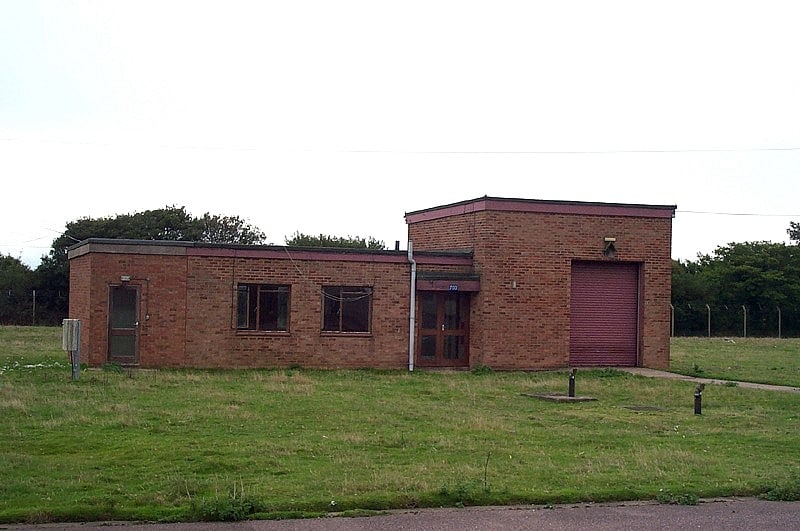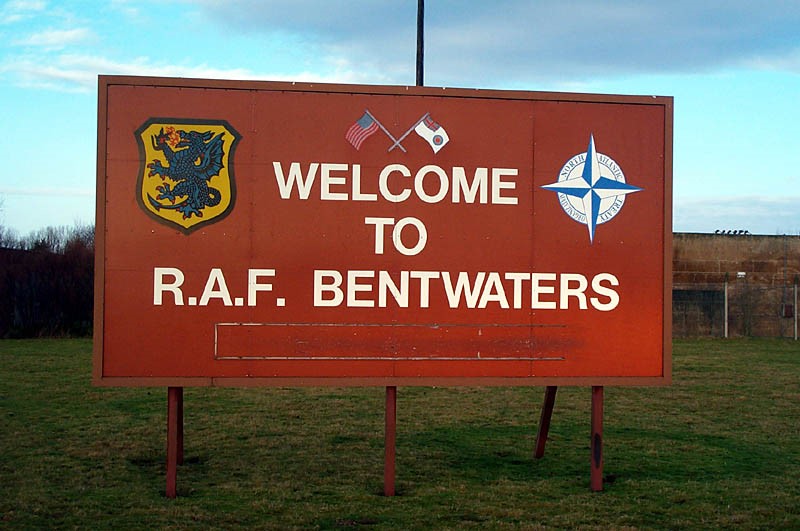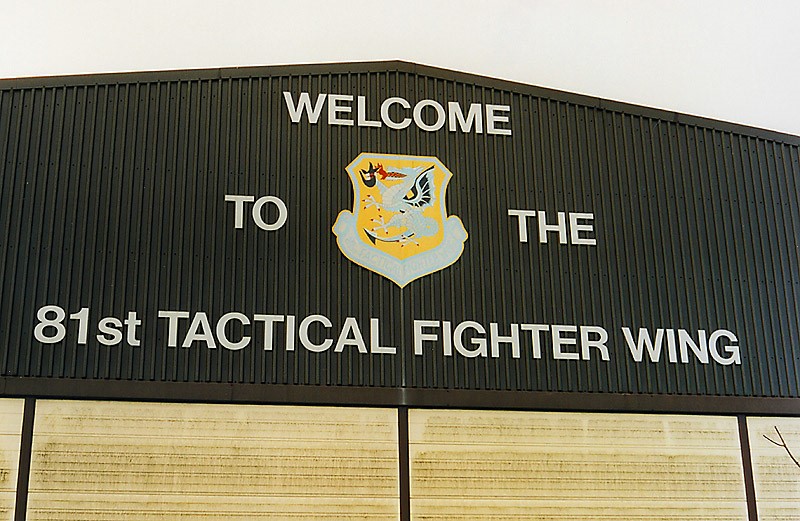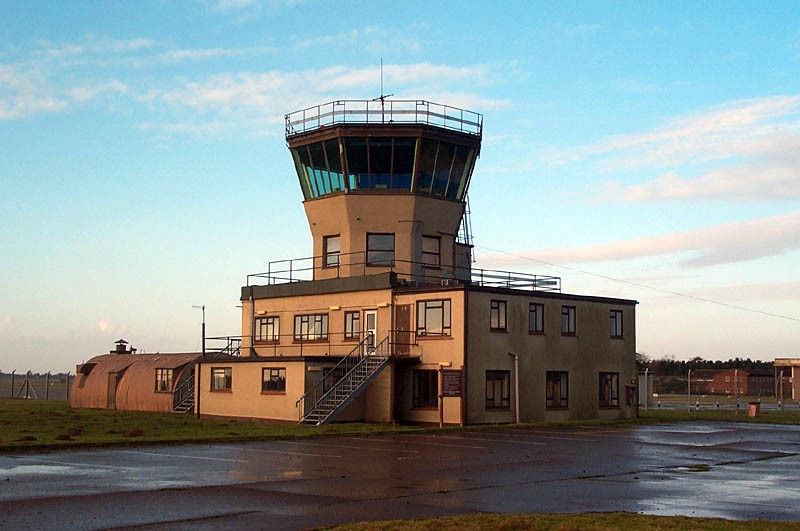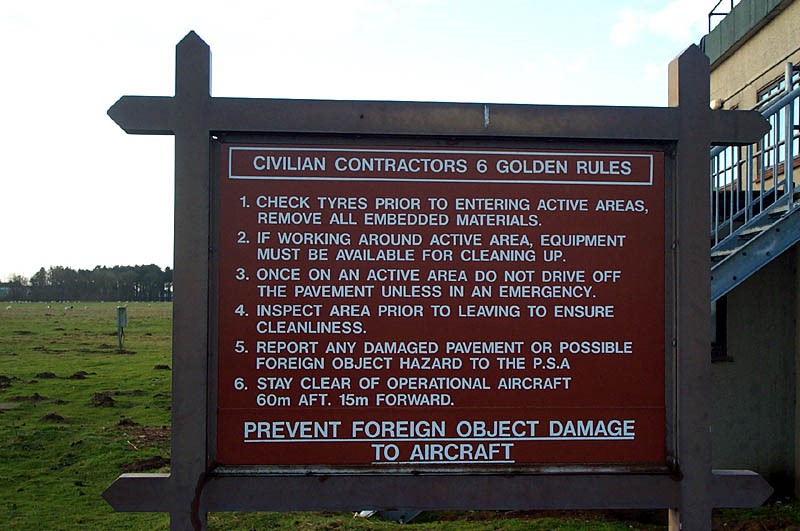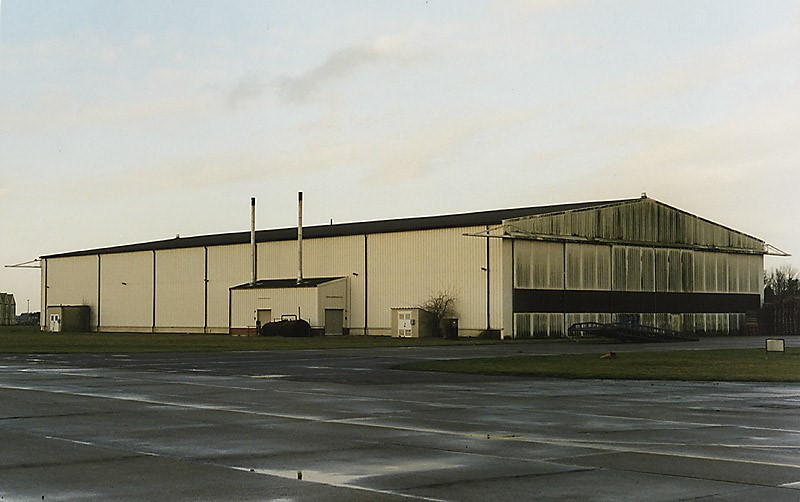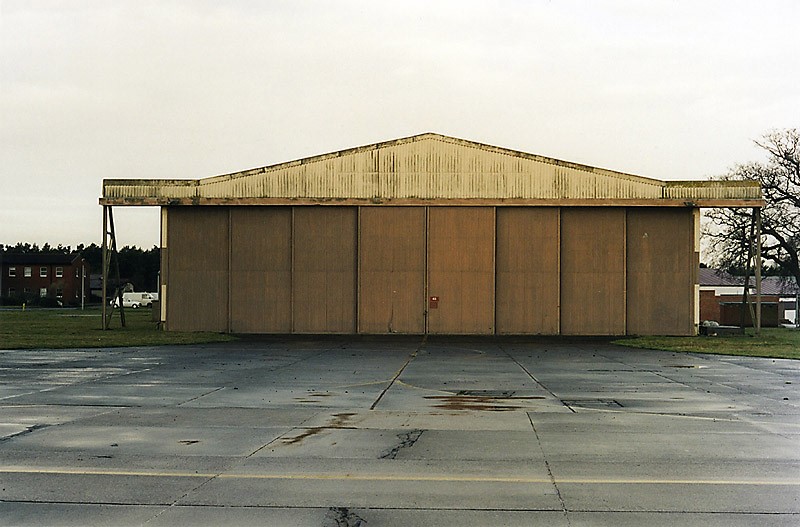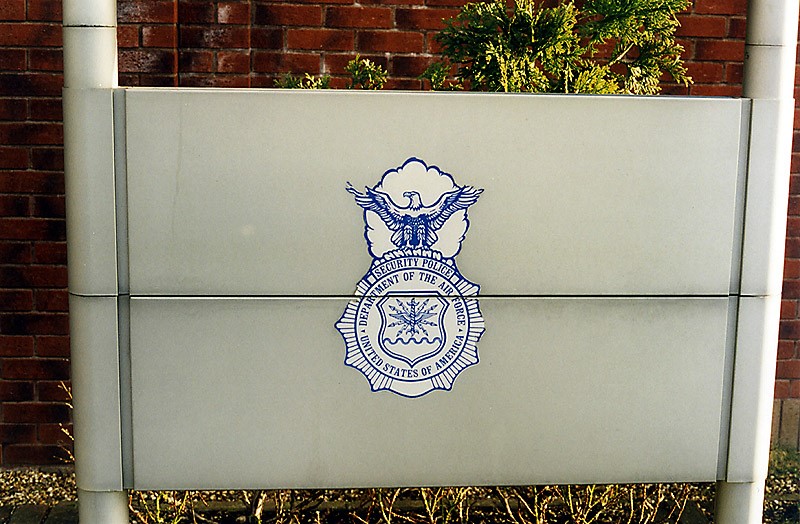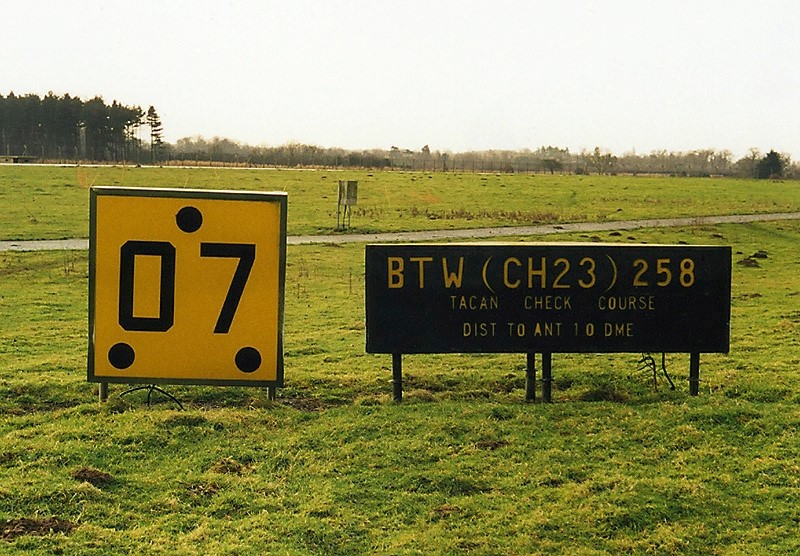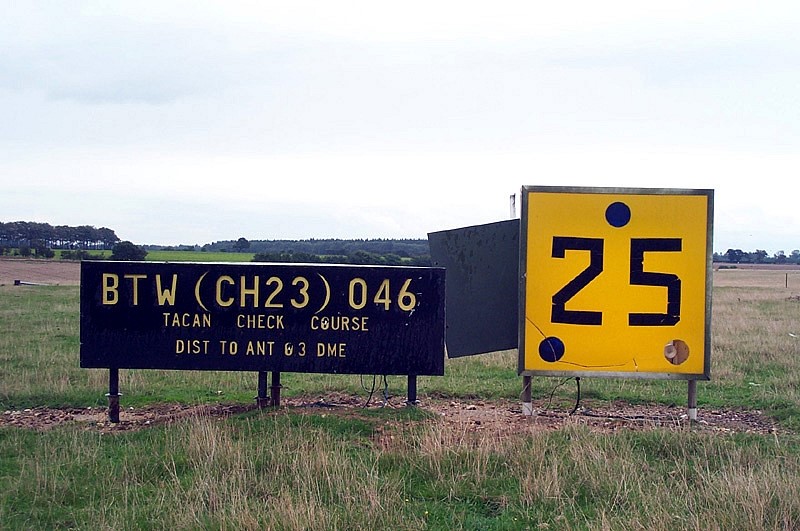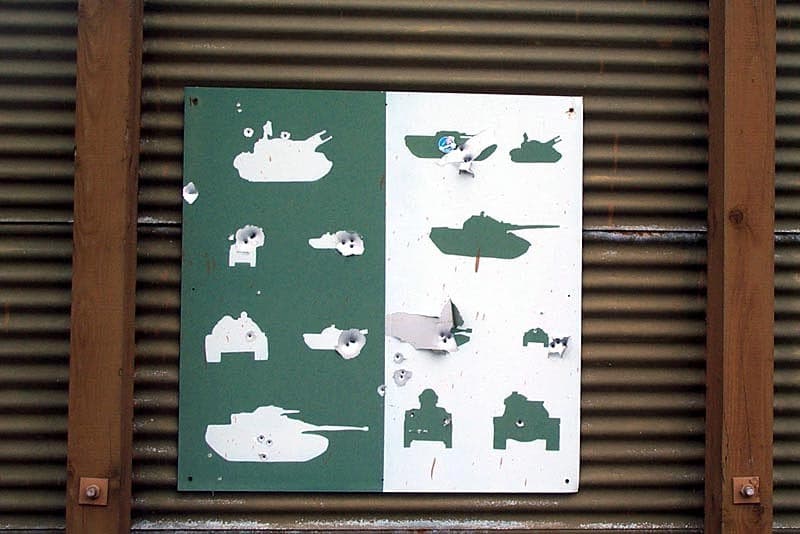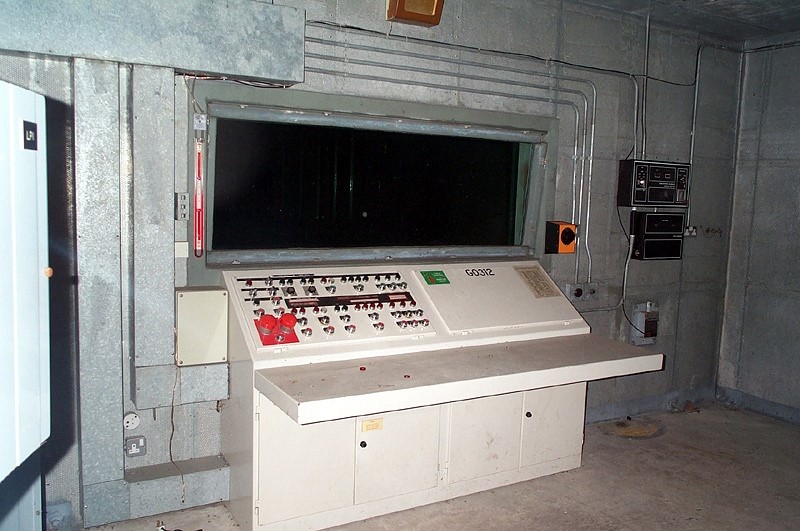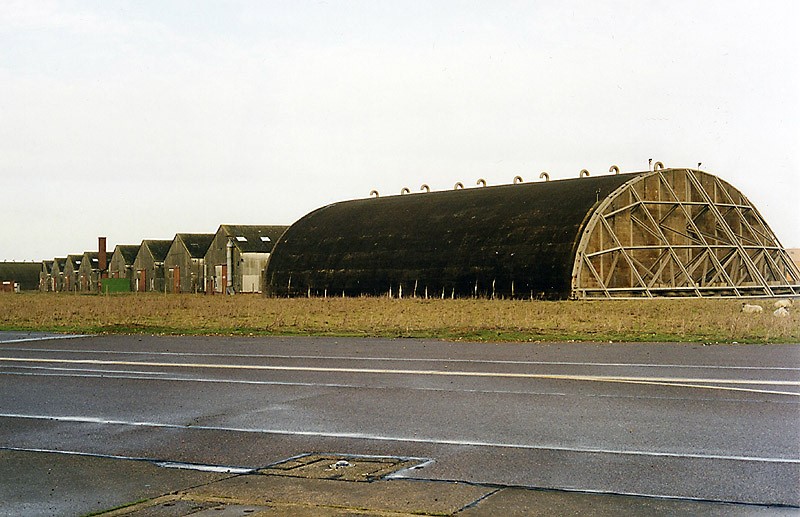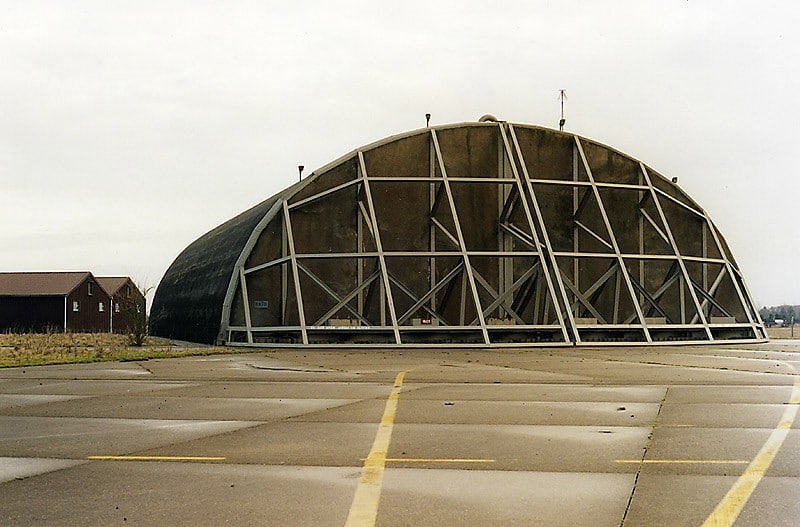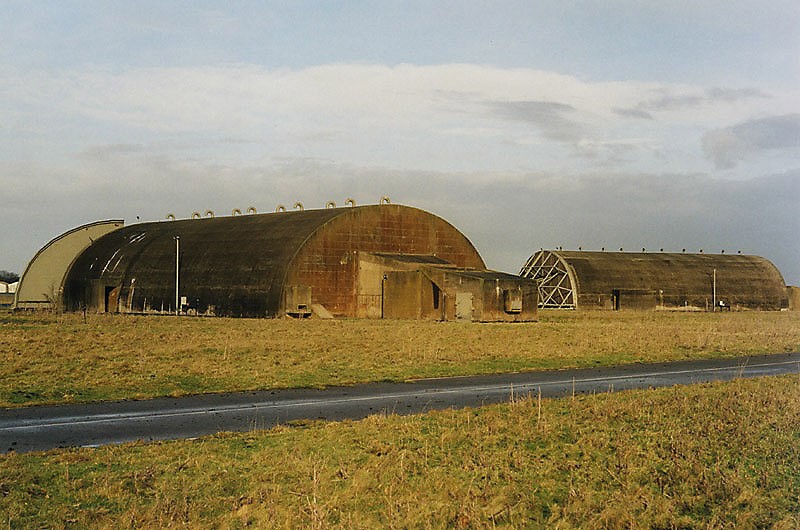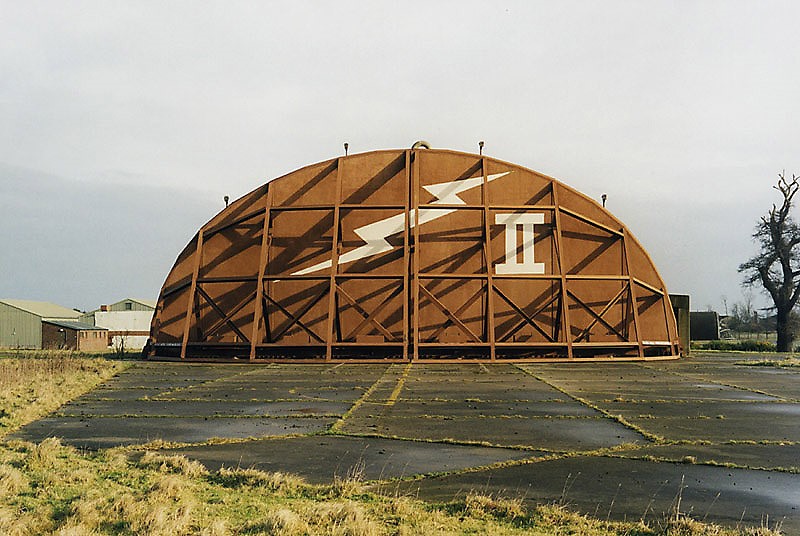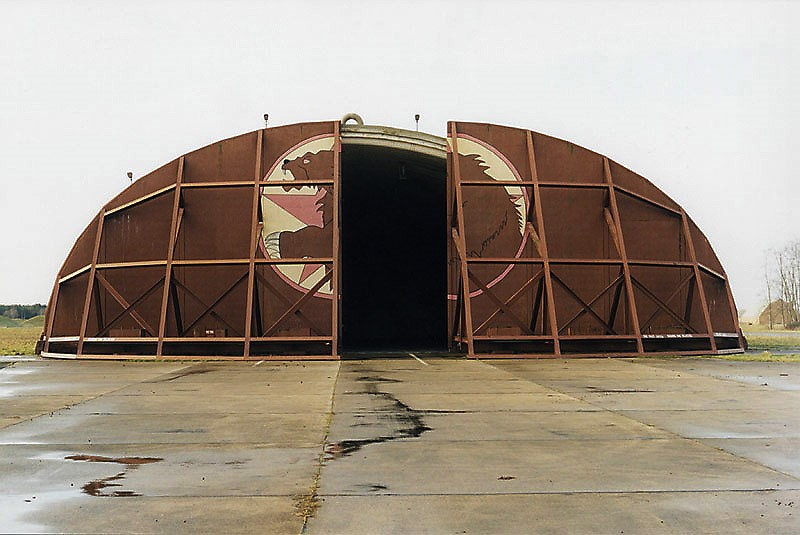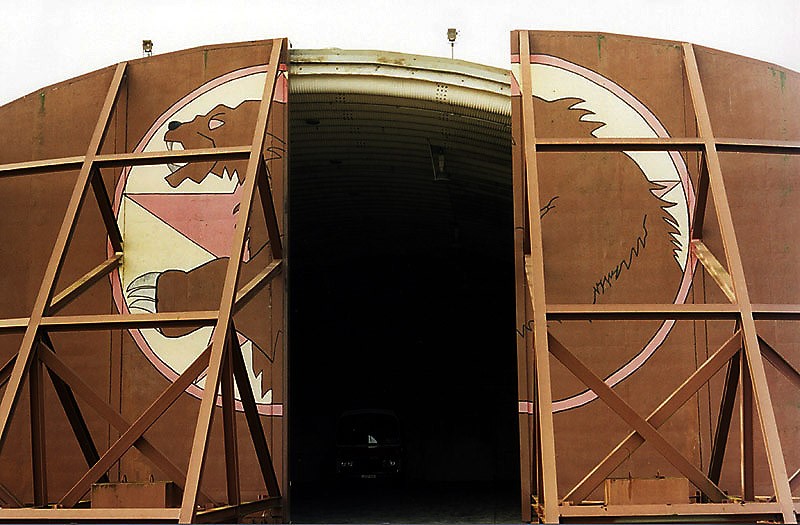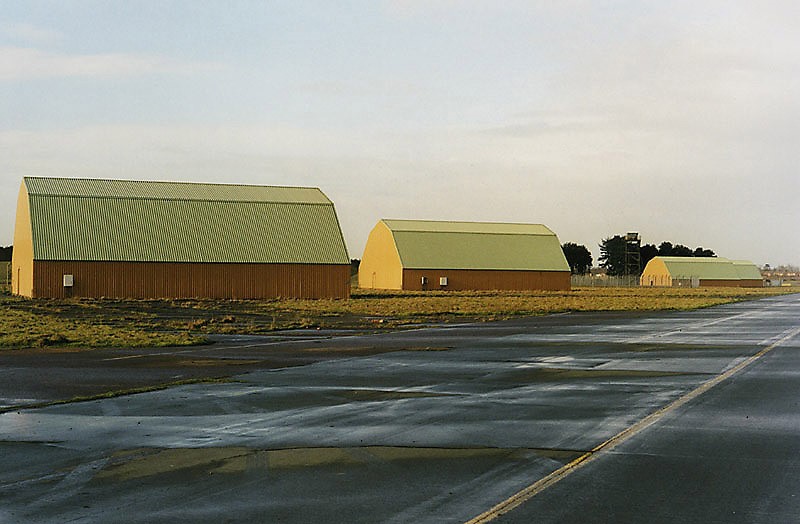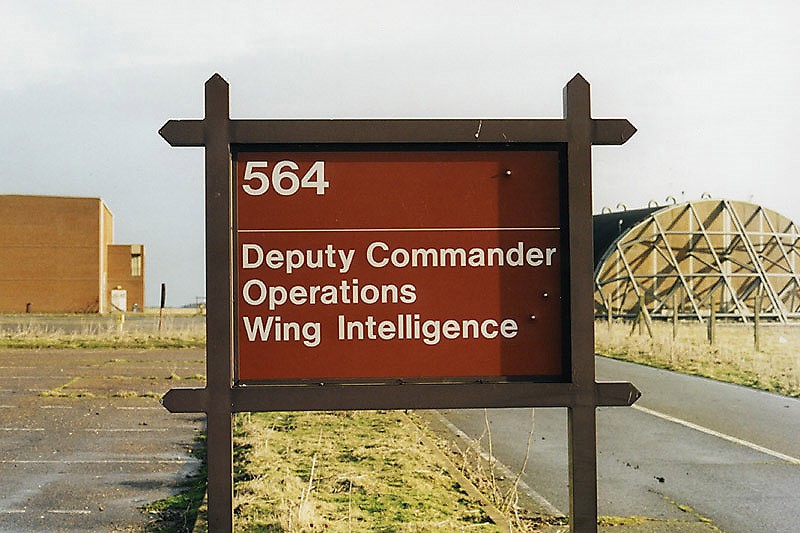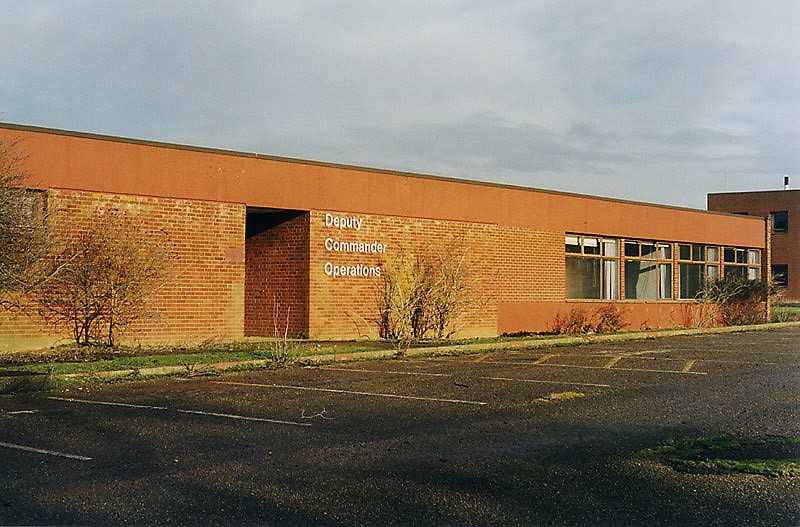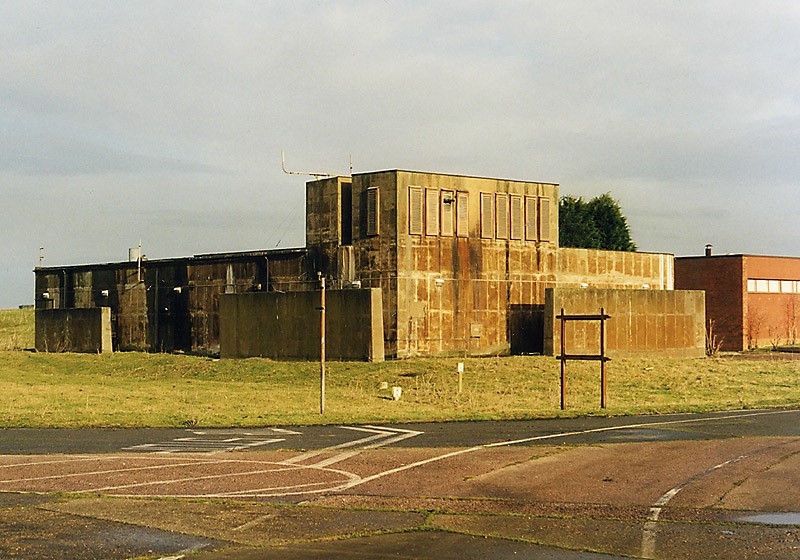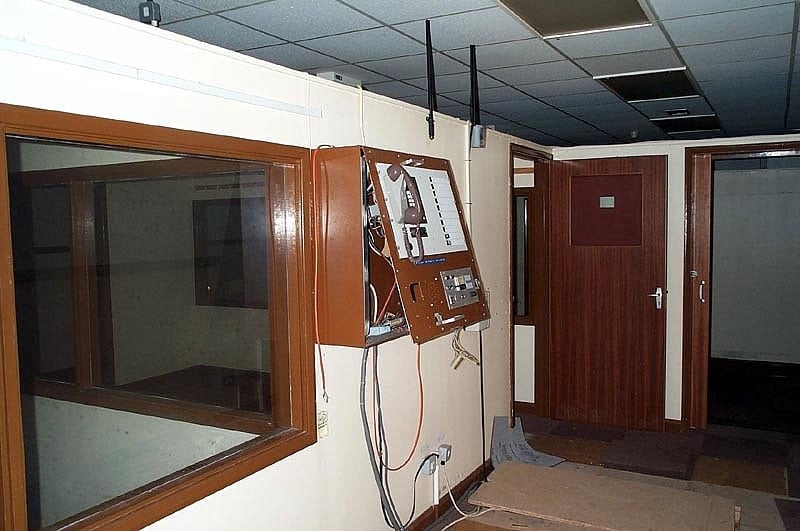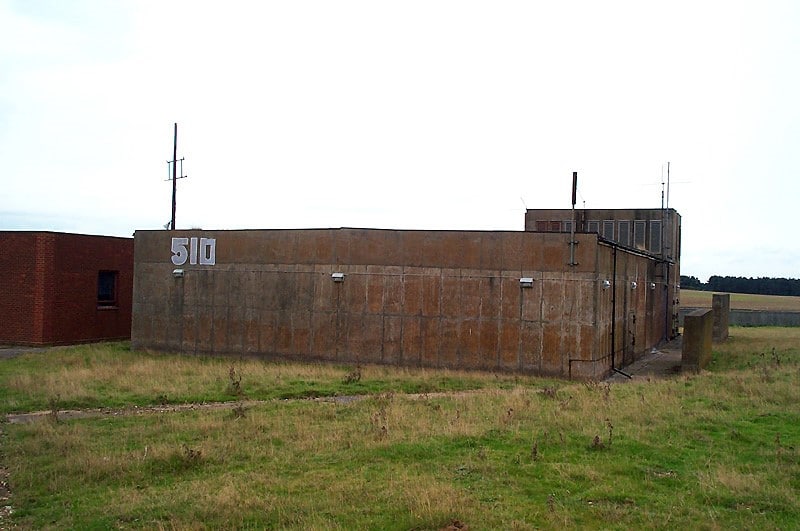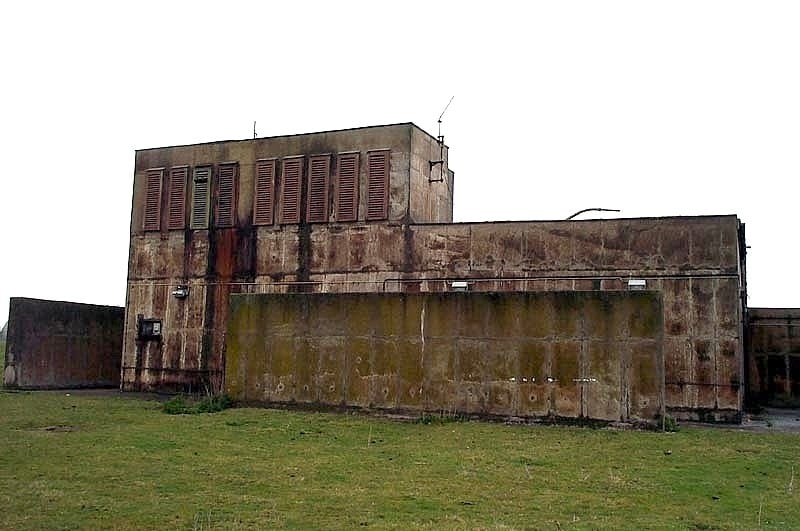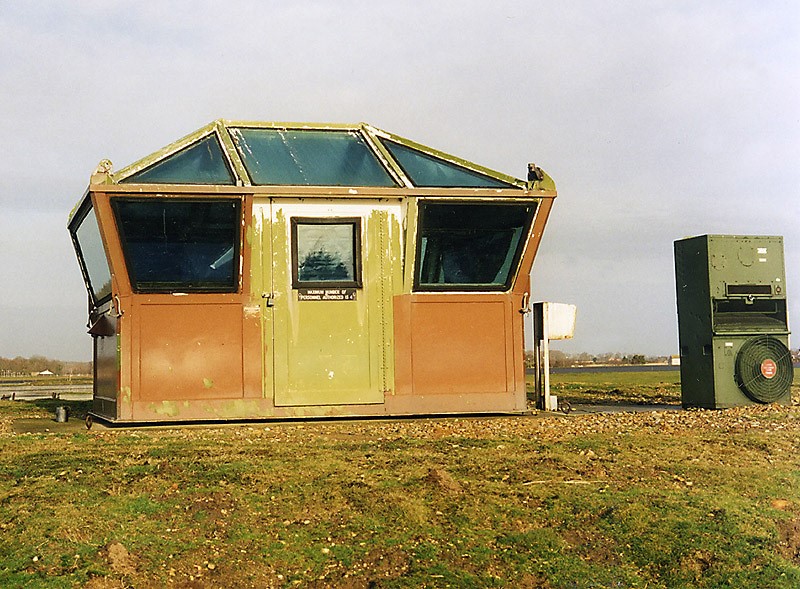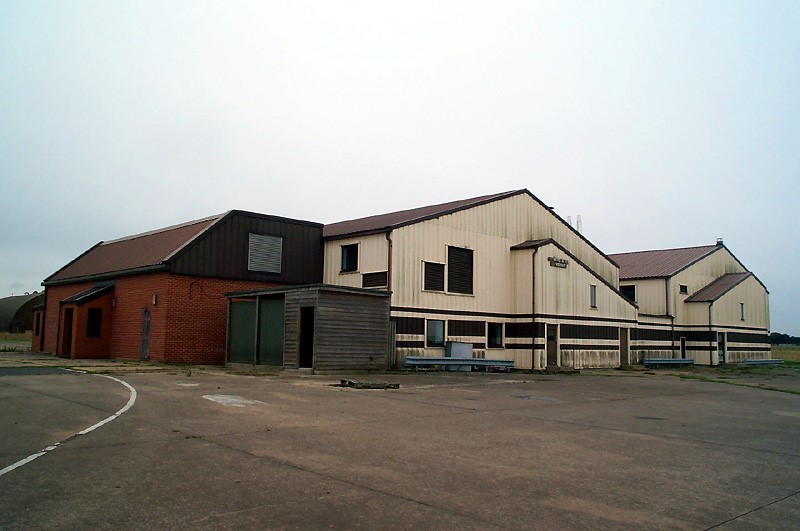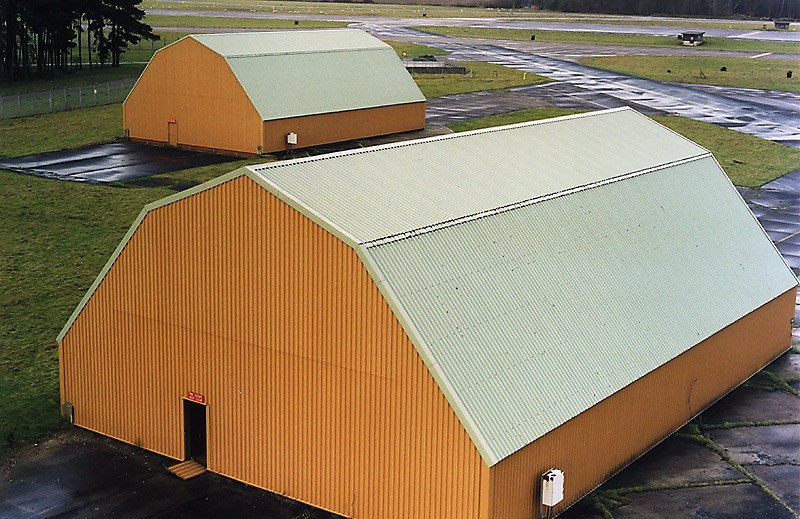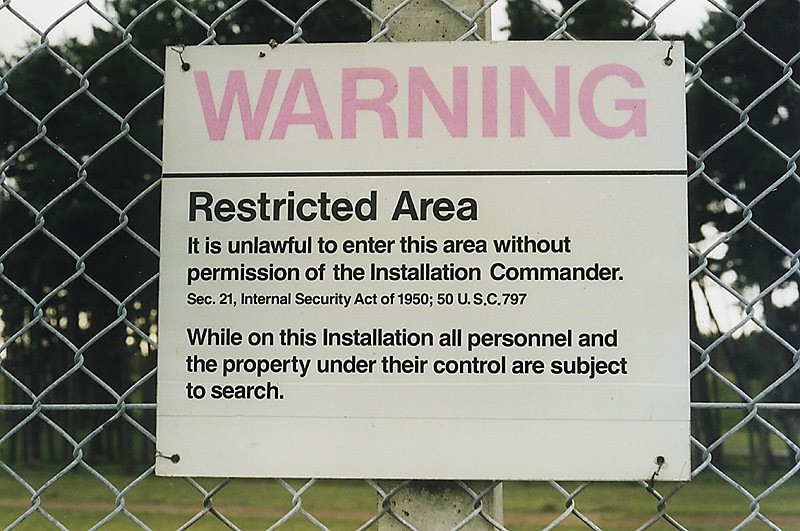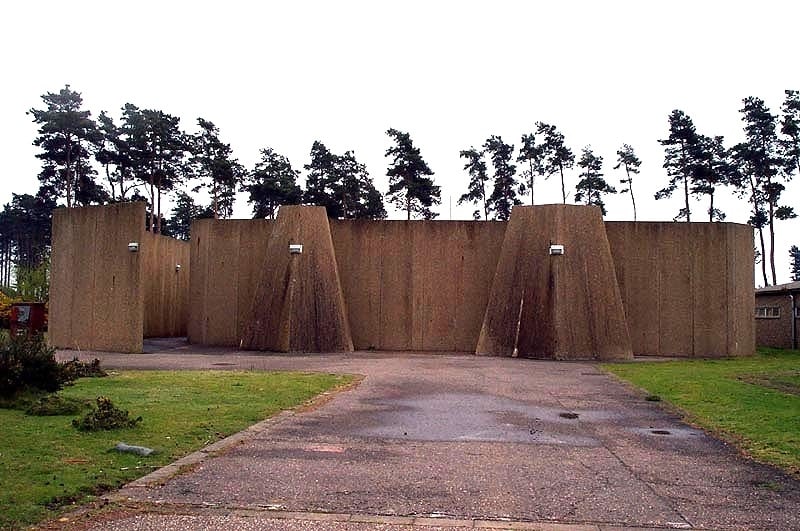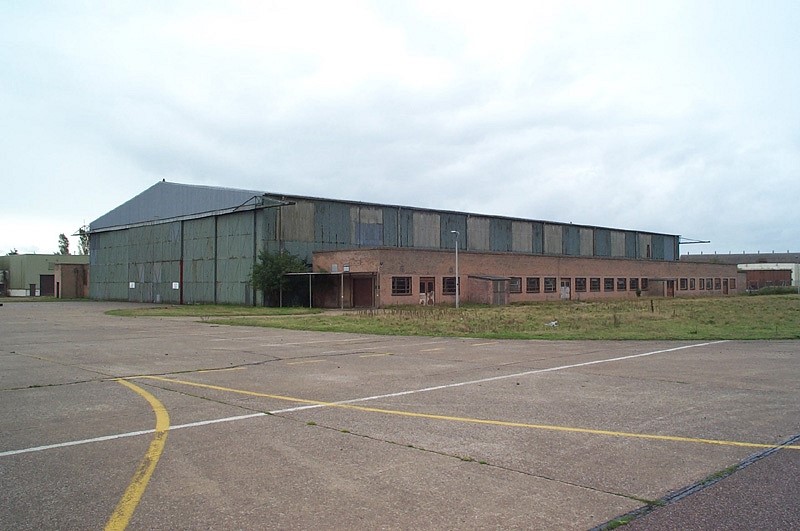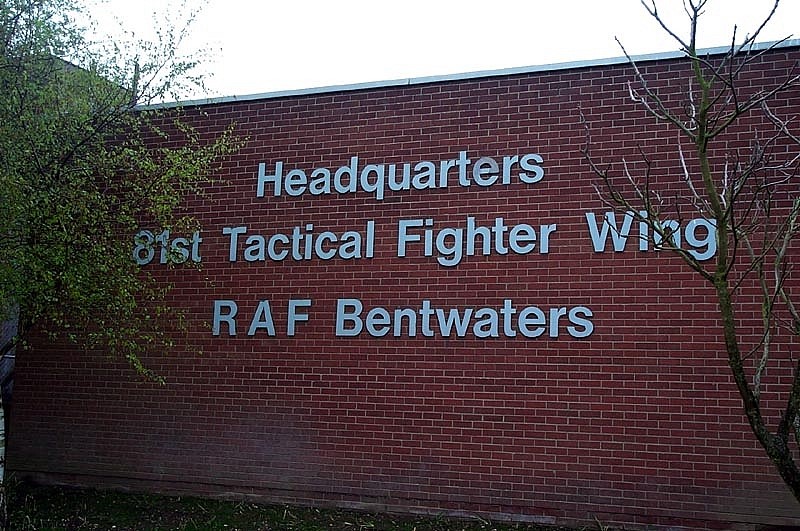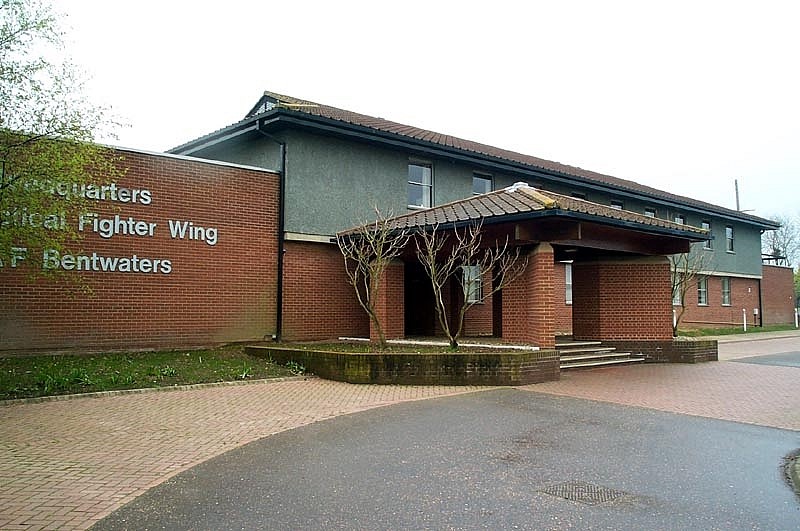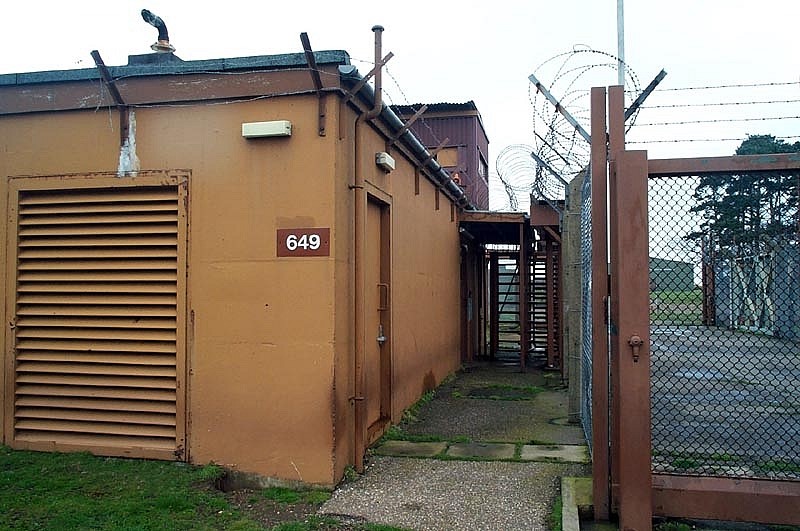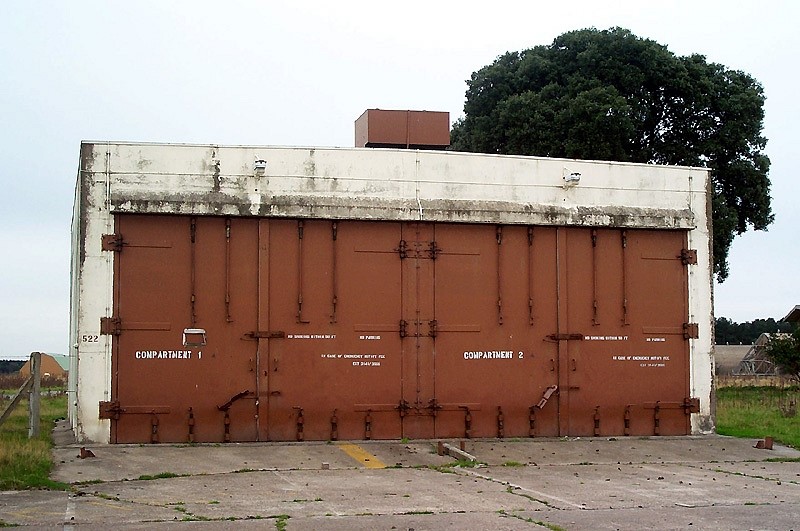RAF BENTWATERS HISTORY
Construction work began in late-1942 but by March 1943 this had ceased with the workforce transferring to other airfields in East Anglia whose completion was considered a much higher priority. The workforce returned in late-1943 and the airfield was renamed ‘Bentwaters.’ The name was taken from two cottages (‘Bentwaters Cottages’) that had stood on the site of the main runway.
The construction work became less urgent in mid-1944 and it was decided that Bentwaters was no longer required by the USAAF and, after construction was completed the airfield was placed under ‘Care and Maintenance’ whilst its future was considered.
In the latter part of 1944 the Eighth Air Force handed over control of Bentwaters to the Air Ministry. After RAF Bomber Command declined its use the airfield was taken over, on 22nd November 1944, by No. 11 Group of RAF Fighter Command and became the last RAF airfield to be activated during the Second World War.
On 11th December 1944 the first aircraft to be based at Bentwaters arrived in the shape of the North American Mustang IIIs belonging to No. 129 Squadron. Three days later, No. 118 and 165 Squadron’s arrived at the base. No. 118 Squadron was equipped with the Spitfire Mk. LFVb and the Mk. VII, whilst No. 165 Squadron operated the Spitfire Mk. IX. Both squadrons converted to the Mustang III before the end of January 1945. Three more Mustang III Squadron’s arrived during December, No’s 234, 64 and 126
The first wartime mission from Bentwaters took place on 23rd December 1944 when the Mustang IIIs escorted over 150 Avro Lancaster’s on a bombing raid to the railway yards at Trier, Germany, a few miles east of the border with Luxembourg.
In March 1945 No. 234 Squadron converted to the Mustang IV and left the base early in May. The RAF’s last wartime mission from Bentwaters was flown on the 9th May 1945 and by early September of that year all of the Mustang squadrons had been withdrawn.
The RAF remained resident at the base during the early postwar years, using the airfield for flying training with a number of aircraft types. On 1st April 1946, No. 56 Squadron arrived, the squadron initially flew the Hawker Tempest Mk. V but these were soon to be replaced by the Gloster Meteor F.3, the first jet-powered aircraft to operate from the base, 56 Squadron left Bentwaters during September 1946, the RAF continued flying operations at the base until the 1st July 1950, the base was once again placed under Care and Maintenance.
On 16th March 1951, control of Bentwaters was handed over to the United States Air Force. During May, a detachment of the Shepherds Grove-based 1980th Airways & Air Communication Service became established at the base to prepare the site for the arrival of the first aircraft.
The first aircraft arrived on 1st July 1951, when C-Flight of the 9th Air Rescue Squadron settled in, at Bentwaters bringing with it the largest aircraft that would ever be stationed at the base – the Boeing SB-29, the SB-29 was basically a B-29 Superfortress modified for the air rescue role by the addition of an air-droppable lifeboat, C-Flight also brought the Grumman SA-16A Albatross amphibian to Bentwaters. The unit’s stay at the base was short as it departed to Burtonwood, Cheshire on 14th November 1952.
On 5th September 1951, the 81st Fighter-Interceptor Wing became the new host unit for the base. On 26th September, three weeks after taking control of the base, the wing’s first aircraft arrived in the form of North American F-86A Sabre’s belonging to the 91st Fighter-Interceptor Squadron. The 91st FIS was assigned to the 81st Fighter-Interceptor Group, the primary operational component of the 81st FIW. The 81st’s role was to assist No. 11 Group, RAF Fighter Command, with the air defence of the UK.
On 22nd March 1952 another unit arrived to take up temporary residence at the base. This unit was the 7554th Target Tow Flight and, its role was to tow aerial targets used for gunnery practice by NATO fighter aircraft. The unit operated a number of Stinson L-5E Sentinels and Douglas TB-26C Invaders that were instantly recognisable by their high visibility ‘candy-stripe’ painted tail fins and horizontal stabilisers. The 7554th TTF remained at Bentwaters until 16th December 1952
In late-1952 Bentwaters became a temporary home for the Republic F-84G Thunderjets of the 79th Fighter-Bomber Squadron. The 79th’s 25 F-84Gs had relocated from RAF Woodbridge whilst the construction of a weapon storage facility at that base was being carried out. The squadron moved back to Woodbridge on 1st October 1954.
After three years of Sabre operations the base was about to take on a very important change of role. This change began in October 1954 with the arrival of the Republic F-84F Thunderstreak. The arrival of the new aircraft at Bentwaters brought about the end of the air defence duty tasking, replacing it with the role of tactical nuclear strike. This change in role was formally completed in early 1955 when the 91st (redesignated a Fighter-Bomber Squadron) attained operational status with the Thunderstreak.
The 91st remained the only squadron at Bentwaters until 13th December 1954 when it was joined by the 87th FIS flying the all-weather interceptor version of the Sabre – the F-86D. The first examples of the F-86D arrived at the base on the 21st December. The 87th FIS was controlled directly from the Third Air Force headquarters for the duration of its stay at Bentwaters and not assigned to the 81st FIW.
The 87th FIS was deactivated on 8th September 1955 and its personnel and equipment were handed over to the 512th FIS. The 512th FIS, a component of the RAF Manston based 406th Fighter-Interceptor Wing, continued flying the F-86D from Bentwaters until 24th March 1958. On 30th April 1958, the 91st was joined by the 92nd FBS, also equipped with the F-84F.
On the 8th July 1958, the 81st became a Tactical Fighter Wing, in readiness for its new aircraft type, namely the McDonnell F-101 Voodoo. December 1958 saw both the 91st TFS and the 92nd TFS begin to receive deliveries of the Voodoo, with the first four examples Three F-101A and one F-101C arriving at the base on the 4th of that month. By the end of the year the 81st TFW had received a total of 48 Voodoos, a mixture of ‘A’ and ‘C’ variants. This number had risen to 75 by March 1959, with 25 of these being assigned to the 78th TFS at Woodbridge.
After eight years of flying the F-4C, August 1973 saw the type begin to get phased out in favour of the superior F-4D version of the Phantom, the changeover was complete by October when both the 91st TFS and the 92nd TFS had re-equipped with the F-4D. By January 1974 Bentwaters was home to around 50 F-4D’s.
In early 1978 major construction work began which would provide Hardened Aircraft Shelters and other facilities deemed necessary for the base’s future role. The project was dogged by problems with British workers going on strike in July 1978 over a pay dispute, Construction work recommenced after a delay of 3 months.
The 81st TFW was about to convert to the A-10A “Warthog” tank busting aircraft, and three arrived on the 24th August 1978, to allow maintenance training to begin. The first deliveries for the active Squadrons started on the 8th December 1978. At approximately 14:00 hours on 25th January 1979 the first main batch of fourteen A-10’s arrived at a snow-covered Bentwaters after a five and a half hour flight from the Azores. The lead aircraft was flown by the 81st TFW’s commander, Col. Rudolph F. Wacker, and after their arrival the aircraft were handed over to Commander Allied Forces in Central Europe, Col.. John Pauly. This event marked the activation of the 92nd TFS as the first operational A-10 squadron in Europe.
Following conversion to the A-10 the base gained three more squadrons, the 509th, 510th and 511th Tactical Fighter Squadrons but lost the 91st TFS when it moved to Woodbridge to operate the new type alongside the already-resident 78th TFS.
The 15th April 1988 saw the base lose one of its squadrons when the 509th TFS was transferred to the 10th TFW at RAF Alconbury. This was followed eleven weeks later, on 1st July 1988, by the loss of a second squadron when the 511th TFS was also transferred to the 10th TFW. This left Bentwaters with only two remaining A-10 squadrons, the 92nd TFS and the 510th TFS.
In between the departure of the 509th TFS and the 511th TFS, the base gained another squadron when the 527th Aggressor Squadron arrived after transferring from the 10th TFW. The first two of an intended complement of eighteen General Dynamics F-16C Fighting Falcons arrived at Bentwaters on 14th June 1988. The complement had reached twelve on the 16th January 1989 when one F-16C was delivered from Spangdahlem AB, Germany.
Unfortunately the sight of these F-16Cs at Bentwaters was short-lived and, in November 1989, the 527th AS began disposing of its aircraft in preparation for deactivation, having never reached its full complement.
In 1990 Bentwaters was shortlisted as a possible base for the McDonnell Douglas F-15E Strike Eagle, but Bentwaters lost out, and this decision marked the end of the base, with all units to leave by 1993.
During its USAF occupation, the base was regularly opened to the public as the 81st Wing saw this as an opportunity for the local people to meet their ‘American neighbours.’ These open days attracted vast crowds as well as a good variety of aircraft types and nationalities. The final open day at Bentwaters was Air Friendship ’92 on 5th September 1992.
The annual open days were not the only means by which the USAF personnel interacted with the local population, they were only too pleased to extend their hospitality in numerous other ways, both on and off the base, and as such proved to be an important part of the community.
Flying operations from Bentwaters finally came to an end on 23rd March 1993 when the last two A-10’s departed for their new home at Spangdahlem AB in Germany. The aircraft were flown by Col. Roger R. Radcliff, the 81st TFW commander and his deputy commander for operations, Col. Wally Berg. The base was opened to the public to enable local residents to witness this historical and emotional event.
Bentwaters was formally closed on 1st July 1993, after the deactivation of the 81st TFW. This ended the American presence at the base which had lasted just over 42 years.

